biographical notes, charming illustrations, and photos
This short biographical study offers an introduction to Proust’s strange life, and his unrelenting devotion to creativity. It’s written by an expert, and presented in a very attractive manner with archive photographs on almost every page. Mary Ann Caws admits from the outset that with so many other excellent biographies of Proust available [by George Painter, Ronald Hayman, and William Sansom] there’s no point in writing another.
 Instead, she produces an account of Proust which takes themes and motifs from his life as a starting point for meditations upon them – some of them not much longer than a single page, and others stretching out in more leisurely fashion to make well-informed reflections on the social context which gave rise to his work.
Instead, she produces an account of Proust which takes themes and motifs from his life as a starting point for meditations upon them – some of them not much longer than a single page, and others stretching out in more leisurely fashion to make well-informed reflections on the social context which gave rise to his work.
For those who don’t know Proust well, she includes a sufficient number of tantalizing biographical details to whet any appetite for more. He slept between eight in the morning and three in the afternoon, then worked late into the night, fueled (like Balzac) by strong coffee and a variety of drugs. He turned up to the best restaurants in the middle of the night and paid for special dinners to be laid on. He left some of his best furniture to a male brothel which he frequented.
Caws is steeped in knowledge about Proust and his background, and her account moves easily from his personal life to cultural issues. Her most extensive chapter is a lengthy analysis of Proust’s relationship to music, and the influence of the Ballets Russes on Paris and London in the early years of the last century. She also discusses the influence of the English art critic Ruskin on Proust’s literary style, and notes in addition his enthusiasm for the work of Thomas Hardy.
The beginner expecting a chronological introduction to the main events in Proust’s life might be disappointed, but by way of compensation it is the photographs and illustrations which make this book such a charming experience. The images of late nineteenth century Paris which inspired so much of his work are surrounded by sketches from his notebooks, paintings of the people who inspired his characters, and photographs that you rarely see elsewhere.
© Roy Johnson 2005
Mary Ann Caws, Marcel Proust: an illustrated life, New York: Overlook Press. 2005, pp.112, ISBN: 1585676489
More on biography
More on Marcel Proust
Twentieth century literature
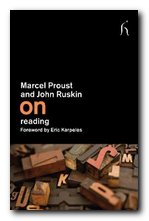
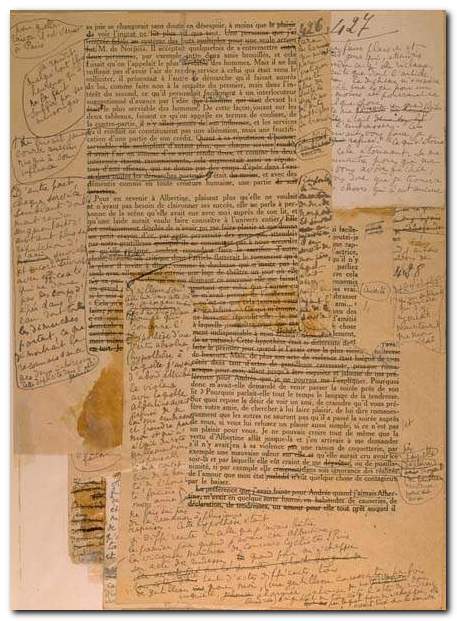
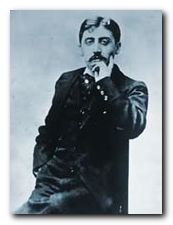 Most English-speaking readers will choose to read Marcel Proust in translation. And his literary style is quite demanding. His sentences are long, the paragraphs are huge, and his great novel is one of the longest ever – at a million and a half words. But the effort is worthwhile – and the benefits are enormous. Proust offers gems of psychological perception on every page, and his characters come alive in a way which makes you feel they become your personal friends. There is very little in the way of plot, suspense, or even story in a conventional sense. This modern classic is one which depicts an entire world of upper-class fin de siècle French characters circling round each other before and shortly after the First World War.
Most English-speaking readers will choose to read Marcel Proust in translation. And his literary style is quite demanding. His sentences are long, the paragraphs are huge, and his great novel is one of the longest ever – at a million and a half words. But the effort is worthwhile – and the benefits are enormous. Proust offers gems of psychological perception on every page, and his characters come alive in a way which makes you feel they become your personal friends. There is very little in the way of plot, suspense, or even story in a conventional sense. This modern classic is one which depicts an entire world of upper-class fin de siècle French characters circling round each other before and shortly after the First World War.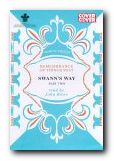
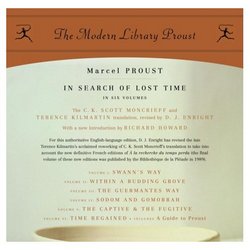 The second option
The second option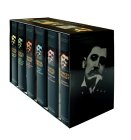 The most recent
The most recent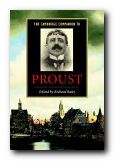 The Cambridge Companion to Proust
The Cambridge Companion to Proust
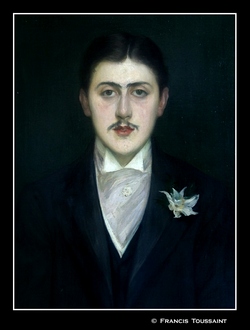

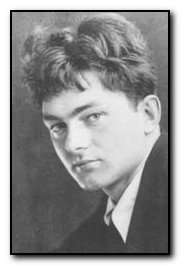 Mark Gertler (1896—1939) was born in Spitalfields in London’s East End, the youngest son of Jewish immigrant parents. When he was a year old, the family was forced by extreme poverty back to their native Galicia (Poland). His father travelled to America in search of work, but when this plan failed the family returned to London in 1896. As a boy he showed a marked talent for drawing, and on leaving school in 1906 he enrolled in art classes at Regent Street Polytechnic, which was the first institution in the UK to provide post-school education for working people.
Mark Gertler (1896—1939) was born in Spitalfields in London’s East End, the youngest son of Jewish immigrant parents. When he was a year old, the family was forced by extreme poverty back to their native Galicia (Poland). His father travelled to America in search of work, but when this plan failed the family returned to London in 1896. As a boy he showed a marked talent for drawing, and on leaving school in 1906 he enrolled in art classes at Regent Street Polytechnic, which was the first institution in the UK to provide post-school education for working people.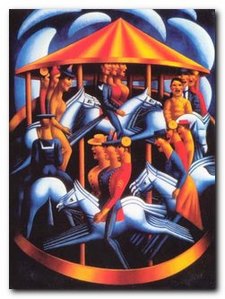 In 1914 he was also taken up by Edward Marsh an art collector who was later to become secretary to Winston Churchill. Even this relationship became difficult, since Gertler was a pacifist, and he disapproved of the system of patronage. He broke off the relationship, and around this time painted what has become his most famous painting – The Merry-Go-Round.
In 1914 he was also taken up by Edward Marsh an art collector who was later to become secretary to Winston Churchill. Even this relationship became difficult, since Gertler was a pacifist, and he disapproved of the system of patronage. He broke off the relationship, and around this time painted what has become his most famous painting – The Merry-Go-Round.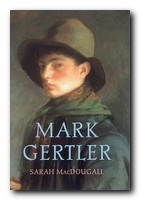
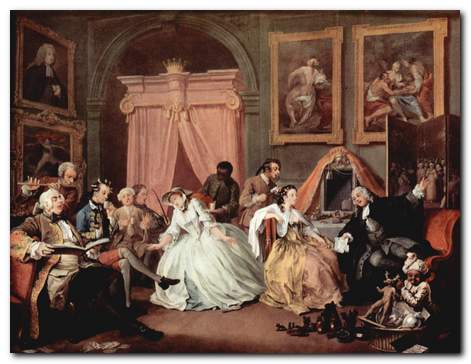

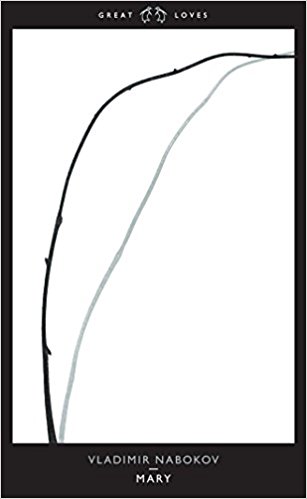
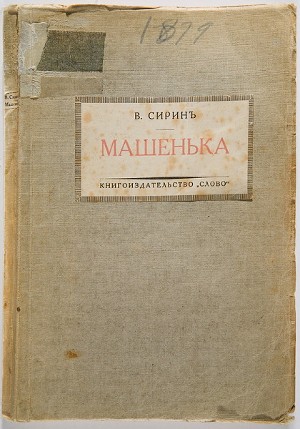



 The Aspern Papers
The Aspern Papers The Spoils of Poynton
The Spoils of Poynton Daisy Miller
Daisy Miller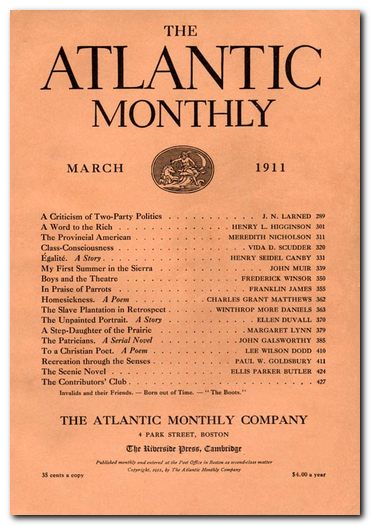

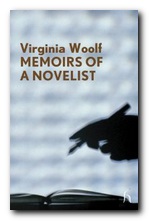 Phyllis and Rosamond for instance introduces many of the issues she explored in her later writings – the apparently empty lives of ordinary young women who went unrecognised by history; everyday life as a subject for fiction; the inequality of the sexes; and (almost as if Jane Austen were a contemporary) the ambiguous prospect of marriage as the only possible career structure for young females.
Phyllis and Rosamond for instance introduces many of the issues she explored in her later writings – the apparently empty lives of ordinary young women who went unrecognised by history; everyday life as a subject for fiction; the inequality of the sexes; and (almost as if Jane Austen were a contemporary) the ambiguous prospect of marriage as the only possible career structure for young females.